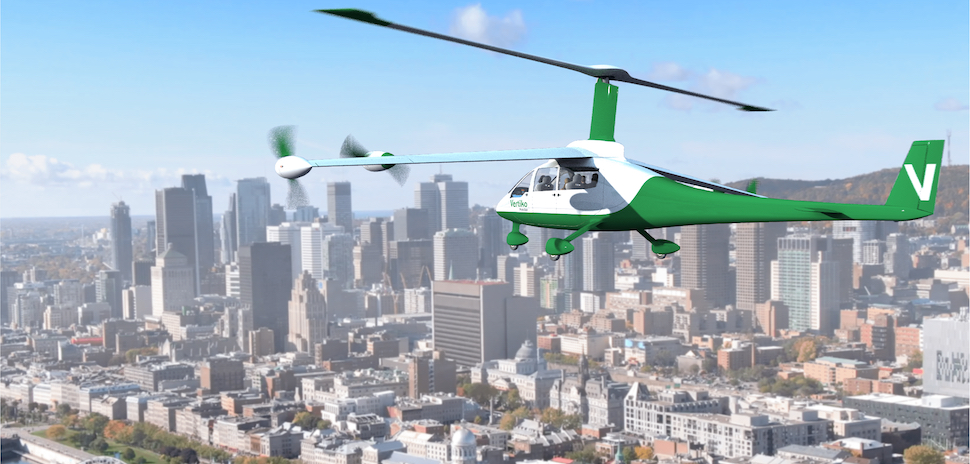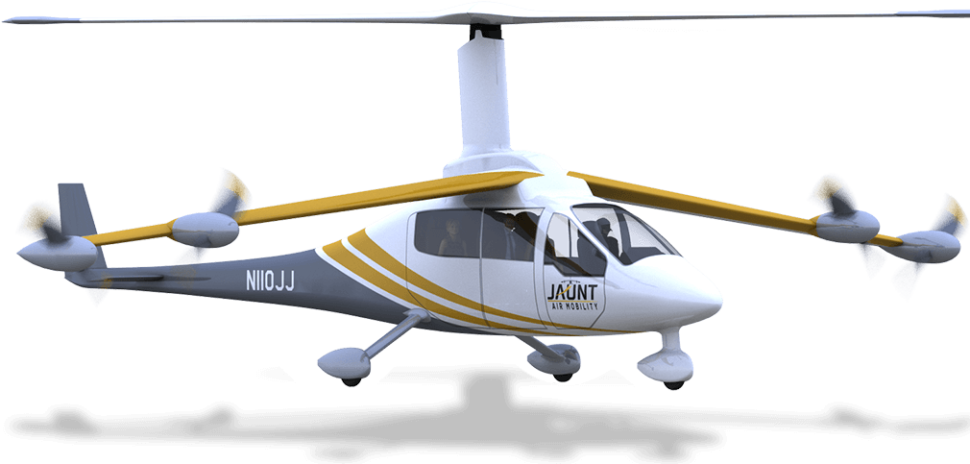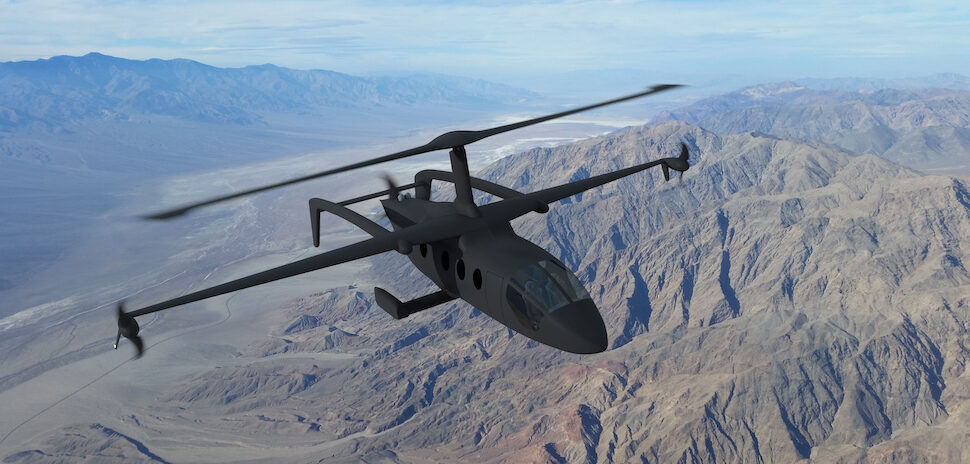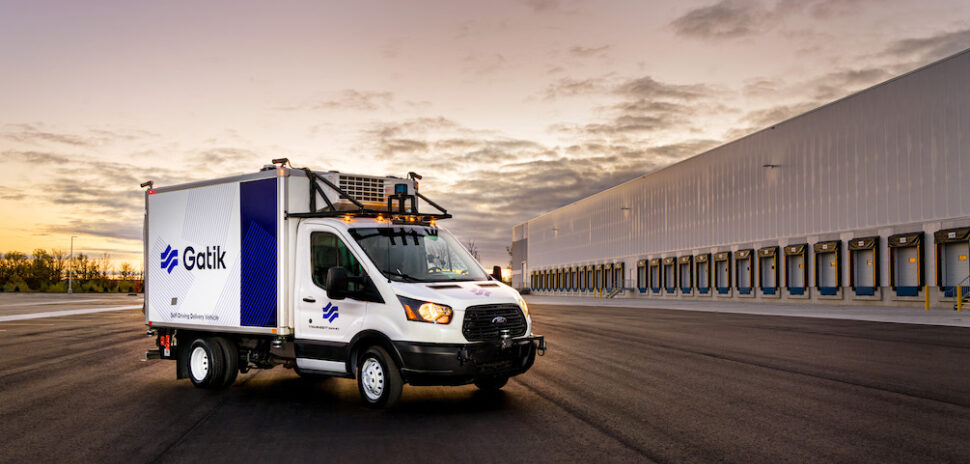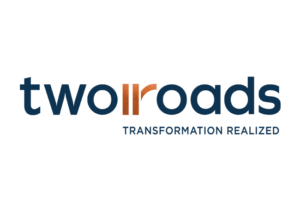Dallas-based Jaunt Air Mobility, a maker of electric vertical takeoff and landing (eVTOL) aircraft, has signed letters of intent with companies in Canada and South Korea to sell a total of 111 of its Jaunt Journey air taxis.
Jaunt, which does its design and manufacturing in Montréal, Canada, announced that it had signed a letter of intent with Québec-based Vertiko Mobility for an intended initial purchase of 71 Jaunt Journey eVTOLs. Vertiko’s mission is to reconnect Québec’s regions to its urban centers by building a network of vertiports spanning the province along with local large-city networks, Jaunt said.
Jaunt also signed an LOI with Mint Air of South Korea for 40 aircraft to serve the Korean air taxi market.
Additionally, American-owned and -based Avports signed on with Jaunt’s Access Skyways infrastructure alliance to support the integration of eVTOL aircraft with airports and the aviation ecosystem.
Aiming to certify the Jaunt Journey by 2027
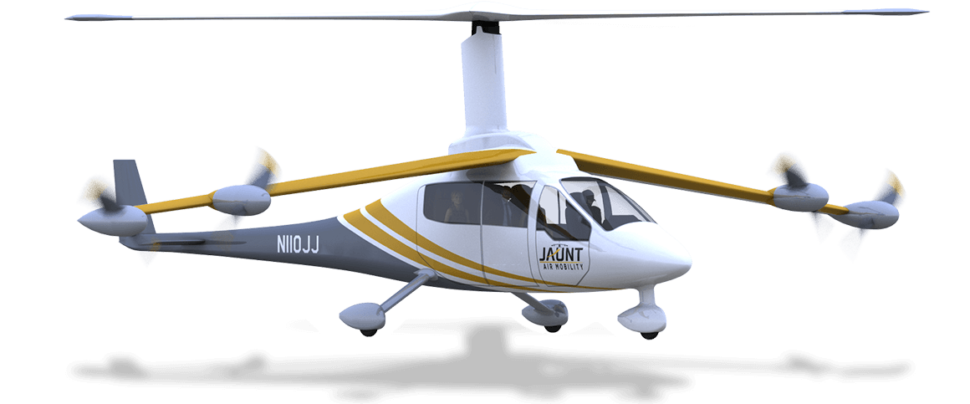
Jaunt Journey [Image: Jaunt Air Mobility]
“Our goals for 2023 are ambitious”, Simon Briceno, Chief Commercial Officer for Jaunt, said in a statement. “Expansion and growth across all segments of the AIRO Group are structured to meet our vision of building a thriving middle-market aerospace company. Our strategic path for the Jaunt Journey continues to be on course with our goal of certifying by 2027.”
FAA certification rules for eVTOLs
Earlier this year, the FAA redefined the certification rules for eVTOLs to include the powered-lift category, Jaunt noted, and rules for certifying pilots for powered-lift aircraft and new operational requirements were also defined.
FAA Administrator Billy Nolen has previously said that his agency didn’t expect operations by eVTOLs until early 2025, adding that, “At any rate, it won’t happen until the safety piece has been satisfied.”
Martin Peryea, EVP and GM of Electric Air Mobility of the AIRO Group—Jaunt’s parent—said in a statement that the design of the Jaunt Journey “was based on bringing the proven SRC [Slowed Rotor Compound] technology to market with a clear certification path as a rotorcraft.”
Regarding safety, Peryea added that “Jaunt’s proprietary SRC technology allows the aircraft to land via autorotation or by gliding in a controlled fashion should there be an unexpected total loss of propulsion. The pilot of the Jaunt Journey will be able to choose a safe landing spot and have complete control of the aircraft during descent. No ballistic parachute is required.”
Jaunt Air Mobility merged with AIRO Group Holdings earlier this year, “adding depth to leadership and expanding aerospace markets in avionics, drones, and training,” Jaunt said in a statement.
Jaunt got new backing last April
In April, Jaunt announced landing funding from notable investors Calin Rovinescu and Mitch Garber for an undisclosed amount, and added them as business advisors to the company.
“(Rovinescu’s) vision and global understanding of aerospace, aviation, and capital markets should help to accelerate our evolution as a leading eVTOL company,” Jaunt CEO Peryea said in a statement at the time..
Rovinescu previously served as the president and CEO of Air Canada for more than a decade. While there, Rovinescu also served as the chairman of the Star Alliance Chief Executive Board, the controlling organization for the global airline alliance that includes United Airlines and Lufthansa as members.
Garber is a minority owner and executive committee member of the NHL team the Seattle Kraken. According to his LinkedIn page, Garber is also an investor and board member for San Antonio’s Rackspace and California-based Shutterfly.
“eVTOL air taxis is an obvious next-gen hyper-growth area,” Garber said in April. “It is an opportunity to build a transportation system that changes how we move and facilitate a greener efficient global economy.”
![]()
Get on the list.
Dallas Innovates, every day.
Sign up to keep your eye on what’s new and next in Dallas-Fort Worth, every day.

